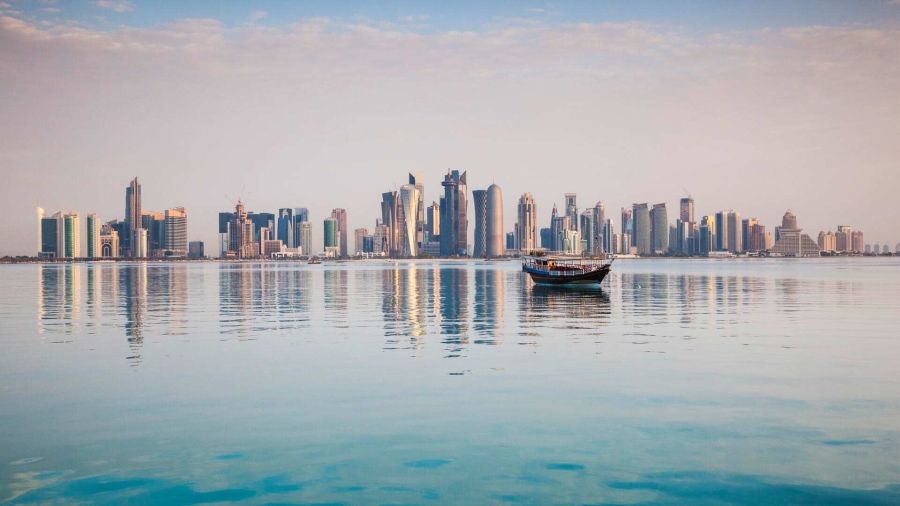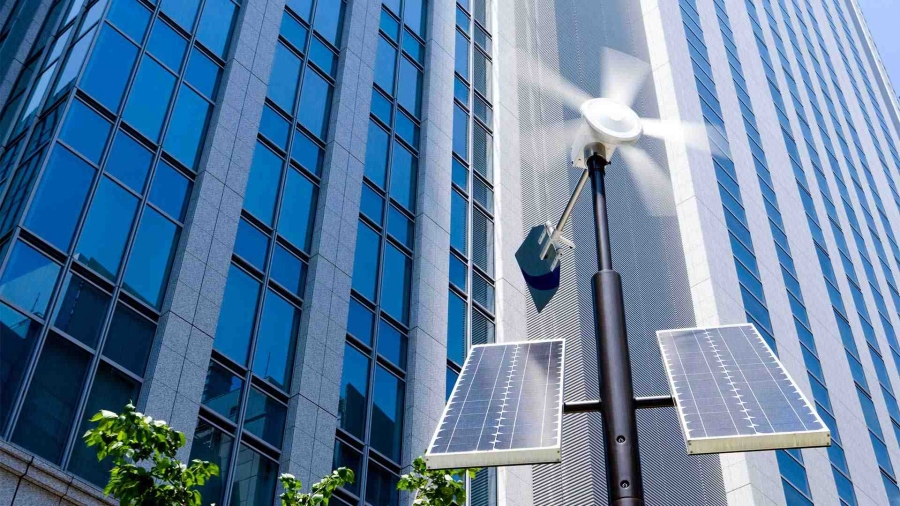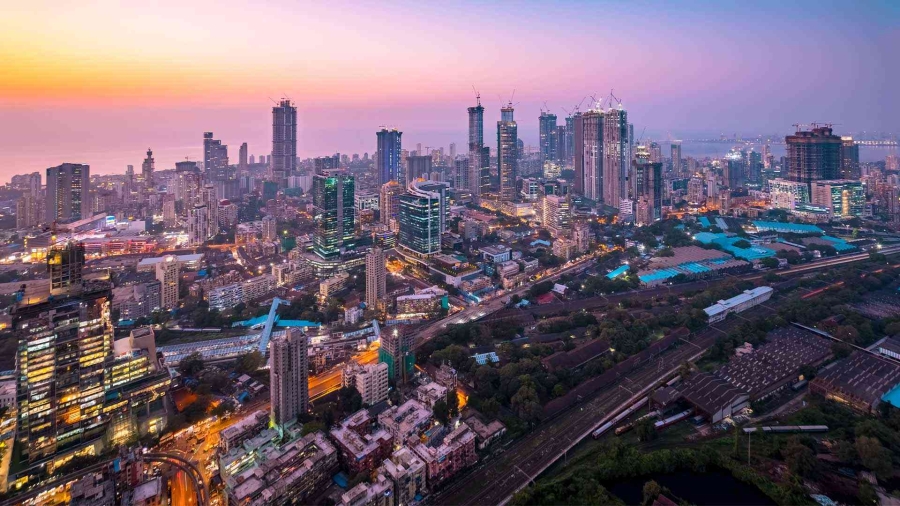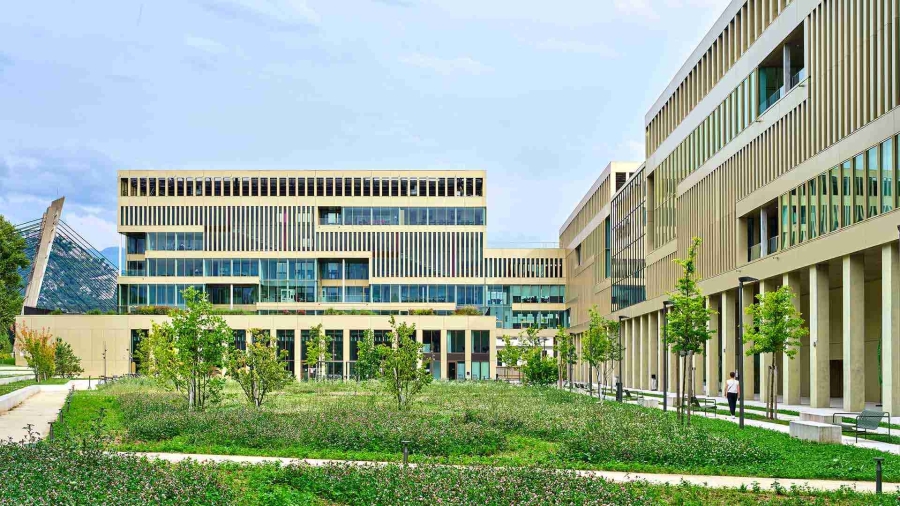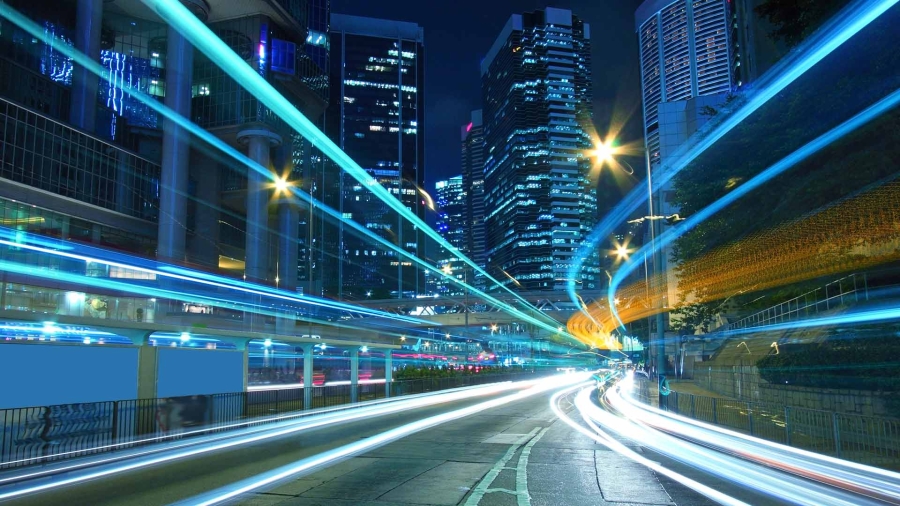Over the next 40 years, global building floor-space is estimated to double, with the equivalent of a city the size of Paris built every week. Most of this growth will be in emerging markets including Africa, East and South Asia, and the Pacific region . Buildings today generate 38% of the world’s carbon emissions, so we have to urgently match this growth with efforts to decarbonize the world’s urban built environment.
Investment in sustainable buildings, however, currently faces major obstacles ─ notably high real or perceived upfront costs.
To address this, an expert community from real estate, finance, technology, and city governments, led by Schneider Electric, has developed the
Based on several real-life case studies, the framework briefing paper guides decision-makers to consider more holistic performance outcomes, such as social, environmental and system performance benefits, and any resulting reduction in risk or improvement in return on investment.
For instance, increased user satisfaction in low-carbon buildings can lower the risk of vacancy, and bolster rents.
The framework delivers three key findings to ensure maximized value creation in both new construction projects and the retrofit of existing buildings. First, investments should focus on decarbonization technologies, bundling them for increased benefits. Second, they should focus on digital solutions that enable data-driven management decisions. And third, buildings should provide services to the broader city ecosystem.
A nine-point operational checklist, also outlined in the paper, helps identify the most relevant technology options.
To view the full briefing paper, and the tools for capital investment decisions it outlines, click here.





